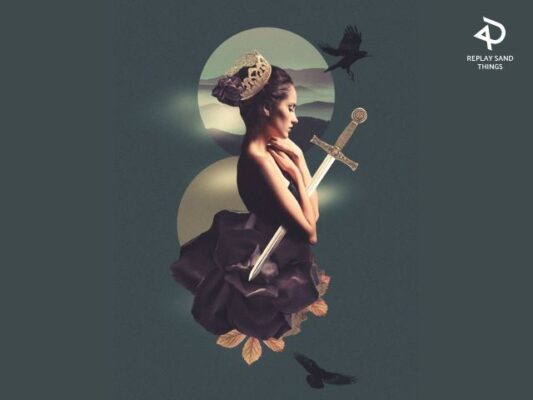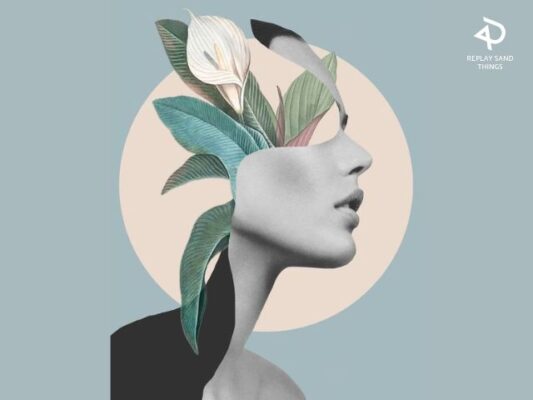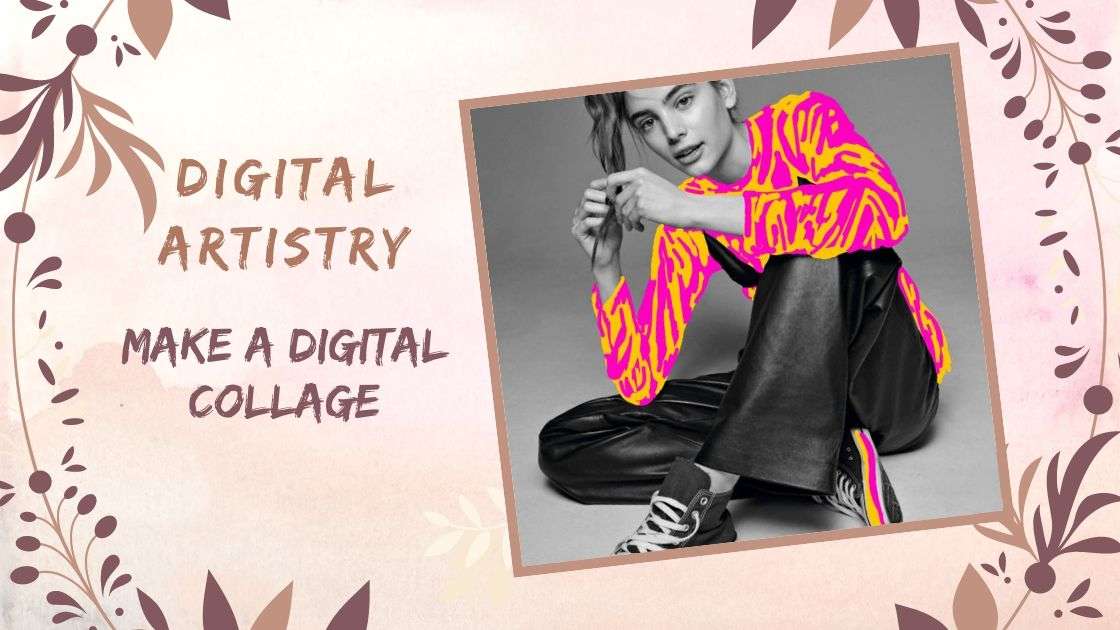Welcome to the world of digital artistry, where imagination knows no bounds and creativity flourishes in the digital realm. In this journey, we delve into the captivating realm of digital collage—a modern fusion of technology and artistic expression. As we embark on this exploration, we’ll uncover the tools, techniques, and inspiration behind crafting a mesmerizing digital collage. Join us as we harness the power of pixels and unleash our creativity to craft a unique and compelling piece of digital artwork.
Contents
How to Make a Digital Collage
Design Brainstorm
Before diving into creating your digital collage, take some time to brainstorm your design concept. If you’re creating the collage to accompany a story, campaign, or project, consider the elements you want to include. A well-executed collage should have pieces that relate to an overarching concept, even if the connection isn’t immediately evident to the viewer.

To prepare for creating the collage, gather all the necessary assets. Look for photographs, drawings, and patterns that align with your vision. These can be sourced from free or affordable stock image websites, your personal photo libraries, or even by taking pictures of interesting textures and objects around you.
Creating the File
Begin by creating a Photoshop file of your desired size, commonly a square (e.g., 1600 x 1600 pixels for web) or a 2:3 rectangle (e.g., 2400 px wide, 1600 px tall). Then, import all your chosen images into the file.
Cutting Out Images
Prioritize cutting out the images before composing the collage. Use masking techniques to remove unwanted sections of each image, leaving behind only the desired objects. For a quicker approach, consider using the polygonal lasso tool to create jagged masks, which can add a unique aesthetic to your collage.

Bordering Images
Consider adding borders to some or all of the images for visual interest. You can opt for a smooth, uniform outline using layer styles, or create a more textured look resembling paper collage by drawing jagged shapes and applying masks.
Composing the Collage
Arrange the images on your canvas to create a visually pleasing composition. Experiment with different layouts and remember that elements don’t have to touch the edges of the file—a floating composition can be equally impactful.

Adding Missing Pieces
Enhance your collage by adding non-photo elements like scribbles, text, or vector imagery. Use this opportunity to fill in any gaps or add graphic touches to the images, such as covering awkward ends with shapes.
Colorizing Images
If the colors of your images don’t seem to match or complement each other, consider colorizing some or all of the photo layers and background. Adjust the hue, saturation, and brightness to create a cohesive color palette throughout the collage.

Optional: Adding Texture
For added depth and cohesion, consider overlaying a texture onto the finished collage. This can give the artwork a tactile feel reminiscent of traditional collages made with paper and glue. Experiment with different textures and blending modes to achieve the desired effect.

Conclusion
In conclusion, crafting a digital collage is a dynamic process that seamlessly blends creativity with digital tools. Through careful consideration of design elements and thoughtful composition, a collage can convey a cohesive narrative or concept to its audience, even if the connections between individual elements may not be immediately apparent.
From brainstorming design concepts to sourcing assets and meticulously composing the final image, each step of the collage creation process offers an opportunity for artistic exploration and expression. Whether you’re using the collage as accompanying art for a project or simply as a standalone piece of visual art, the possibilities for creativity are endless.
Related Post
Drawing Roses Guide for Beginners
Fashion Style: Make Clothing Products Unique
Ideas Horror Art Services Design

